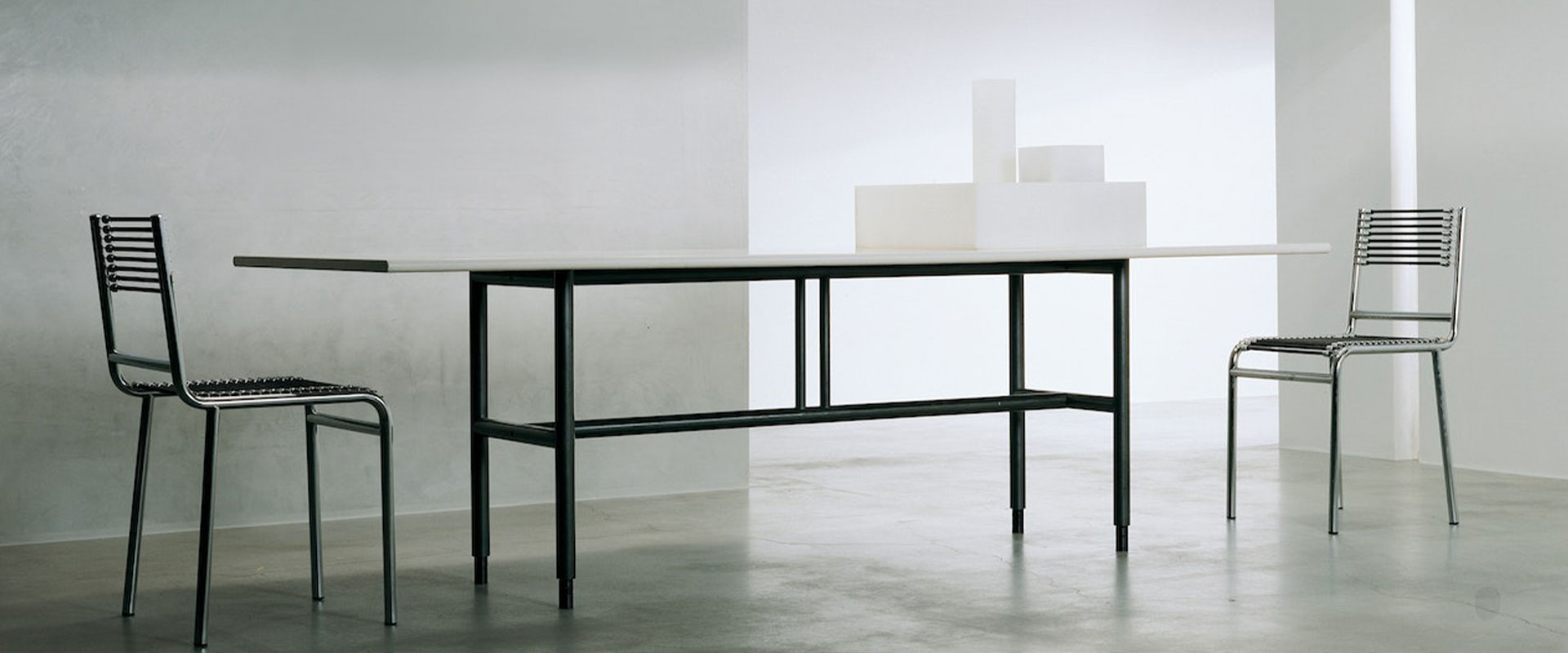05 octubre 2023
What sets steam cleaning apart?

In the realm of modern cleaning techniques, steam cleaning stands out as one of the most effective and environmentally friendly methods. Its key strength lies in steam’s exceptional ability to penetrate deep into surfaces, reaching dirt and bacteria that often evade traditional methods. This effectiveness is attributed to steam’s unique quality: its tiny droplets can infiltrate cracks and crevices in surfaces, ensuring a thorough cleaning.
Steam cleaning not only rids surfaces of dirt but also serves as a formidable weapon in the battle against germs and bacteria. Operating at high temperatures, steam naturally disinfects without the need for chemical substances. This attribute makes steam particularly suitable for environments where hygiene is paramount, such as hospitals or kitchens.
Beyond its unquestionable hygiene benefits, steam proves to be an environmentally conscious approach to sanitation. This equates to reduced environmental pollution and a healthier living environment for occupants.
Its versatility makes steam suitable for various surfaces. However, there are some exceptional cases where alternative cleaning methods are more appropriate. Let’s explore 10 surfaces that steam can effectively clean and 5 where it is advisable to opt for different cleaning technologies.
The top 10 surfaces for effective steam cleaning
One of the primary advantages of steam cleaning is the wide range of accessories available. These accessories enable us to customize the cleaning process according to various surfaces and items. Let’s explore where this technology can deliver optimal results:
1. Tiles and grout: steam’s deep-penetrating ability effectively removes dirt and mold from tile grout, restoring their brightness and original appearance.
2. Hard floors: steam efficiently eliminates dirt and bacteria from surfaces like ceramic, marble, and linoleum, all without the need for chemical cleaners.
3. Bathroom fixtures: sinks, faucets, and tiles benefit from the thorough action of steam, effectively removing soap residue and limescale.
4. Carpets and rugs: steam is exceptionally effective in removing stubborn stains and allergens, delivering thorough refreshment and sanitation.
5. Ovens and stovetops: steam easily dissolves the build-up of grease and food residue, simplifying the cleaning process.
6. Glass and mirrors: steam not only cleans but also leaves surfaces streak-free, ensuring a brilliant shine.
7. Armchairs and sofas: steam effectively eliminates dirt and allergens from fabric, rejuvenating its appearance and freshness.
8. Mattresses and pillows: steam is ideal for thorough sanitization, eradicating dust mites and allergens, promoting a healthier sleep.
9. Curtains and upholstery: steam revitalizes and cleans fabrics, eliminating odors and dirt without the need to disassemble them.
10. Toys: prioritize the safety of little ones by using steam to sanitize and disinfect toys, eradicating germs and bacteria.
5 surfaces unsuitable for steam cleaning
Despite its many advantages, steam cleaning has limitations, particularly with specific surfaces. In such cases, alternative cleaning methods are preferable. Here are five surfaces to avoid when using steam cleaning:
1. Unsealed wooden floors: steam’s moisture can permeate wood, leading to swelling, warping, and damage. Wood’s ability to absorb water can result in irreversible deterioration over time. Treated hardwood floors, especially when steam is paired with a machine offering adjustable pressure, temperature, and suction, are exempt from this concern.
2. Wallpaper: while it might appear tempting to use steam for wall sanitation, the combination of moisture and high temperatures can cause wallpaper to peel or damage the adhesive securing it to the wall.
3. Electronic devices: appliances such as televisions, computers, and phones should never come into contact with steam. Moisture could seep in, causing damage to internal circuits and rendering the device unusable. Also, remember to avoid using steam near power outlets and electrical sockets to prevent short circuits.
4. Antique or valuable items: whether it is books, artworks, or other valuable objects, the moisture from steam can lead to damage, alterations in colour, or, in the case of documents, fading of ink.
5. Unsealed porous surfaces: materials like unsealed marble, concrete, and certain natural stones can absorb moisture from steam, resulting in stains or structural damage over time.
While steam cleaning offers numerous advantages, it is crucial to understand when and how to use it to achieve optimal results without any risks.
If you seek a steam cleaner capable of effectively sanitizing surfaces in your home or business space, ensuring both hygiene and eco-friendly cleaning, Maxima’s Steam Cleaners are the perfect solution for you. They are powerful, delivering up to 10 bar of pressure, capacious, and well-equipped, all proudly Made in Italy. Discover our range of steam cleaners or contact us for further information.
